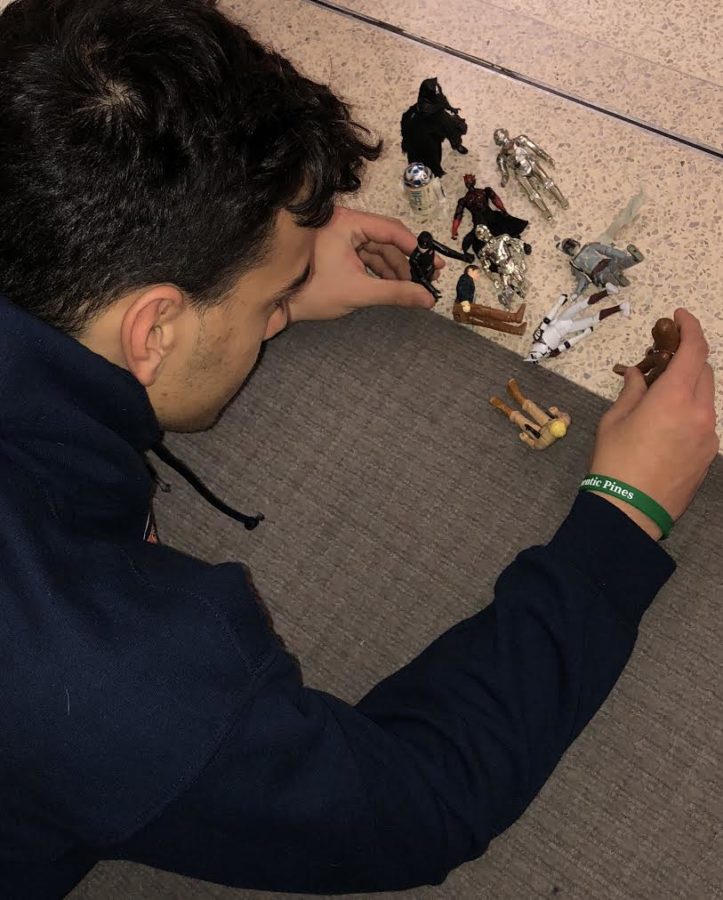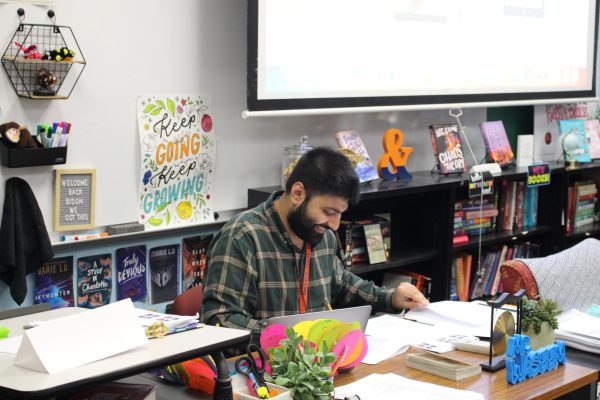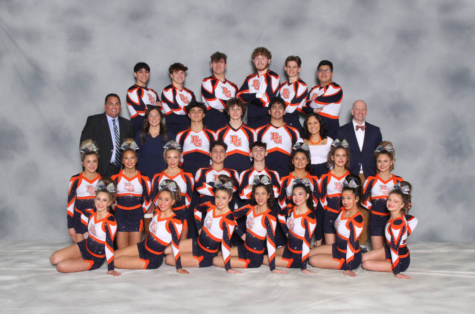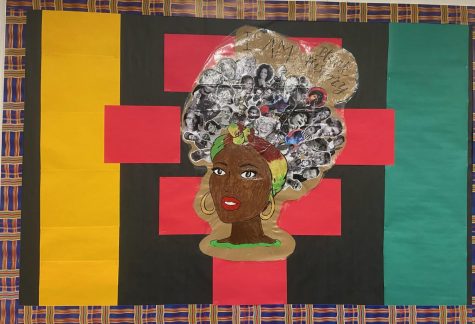Star Wars’ continues to leave lasting impact on pop culture
On May 25, 1977, a sci-fi movie titled “Star Wars” was released in theaters. On Dec. 15, 2017, the newest installment in that series, “The Last Jedi”, will be released. After nine films, six tv shows, hundreds of action figures and a theme park land, “Star Wars” has continued to hold a special place in the heart of many filmgoers.
Many film franchises have dominated the box office over time, but few of those have had the longevity of “Star Wars”. When many other film series have faded out or flopped over time, “Star Wars” has continued on, always bringing people back into its ever expanding universe.
“It’s that story of good versus evil and the hero triumphing over the villain,” freshman Justin Wytmar said.
“The Last Jedi” picks up immediately after where “The Force Awakens” concluded. Rey, the hero of the new trilogy, is growing her abilities with the help of a new mentor while the First Order regroups to attack once again.
Like the two film trilogies before it, the sequel trilogy, which was kicked off by “The Force Awakens” in 2015, follows the journey of the Skywalker family. The classic trilogy started off with the hero’s journey of Luke Skywalker fighting the Empire, the prequel trilogy showed the story of how Anakin Skywalker become the fearsome Darth Vader, and the sequel’s plot heavily focuses on the disappearance of Luke Skywalker thirty years after the conclusion of “Return of the Jedi.” By keeping the focus on this one line of characters, fans have seen how the characters grow and fulfill different roles within the storyline.
For many fans, “Star Wars” is more than just a film franchise; it’s a part of people’s childhoods. Growing up, many children are introduced to it by their families and become lifelong fans from there.
“It’s something that is beyond just a single generation, people are growing up with it,” world history teacher Michael Mccabe said.
The story of “Star Wars” follows the classic hero journey, with the example of Luke Skywalker often being used to teach the concept. The story may take place in a sci-fi setting, but it remains relatable to struggles that people face in their own life. Everyone has faced a struggle in their life, even if it’s not as dire as the Death Star.
“In some way, it’s something everyone can relate to,” Wytmar said. “There’s sort of a character for everyone.”
Part of the reason “Star Wars” has managed to grow its fan base is by having more inclusive storylines. In comparison to the original trilogy, which had only one major female character and one main character of color, the new trilogy is led by a band of diverse characters, including characters of different ethnicities and gender. The trio of heroes, Rey, Finn, and Poe, are a step forward in representing a greater group of people on screen.
“It’s a broader appeal now in days,” McCabe said. “I think there was this kind of nerd stigma in science fiction when you looked at the early ones.”
Outside of the films, “Star Wars” has gained a following in its extended universe of tv shows, books and comics. Although much of that extra material was taken out of the official canon after the release of the new trilogy, new stories and spin-offs are being written all of the time.
“There’s so much more to be done with it, that’s how it keeps being interesting,” senior Trevor North said. “There’s so many angles that people can approach it from that are more accessible to others than the movies.”
Even after 40 years of “Star Wars”, the story continues to captivate audiences, thrilling new and old fans alike. Within culture, few film series can boast of such a lasting impact. Despite being a galaxy far far away, its story still feels relevant and exciting for people around the world.
“Star Wars in itself is it’s own cultural phenomenon,” North said. “It’s like a constant in the broader scheme of pop culture.”













